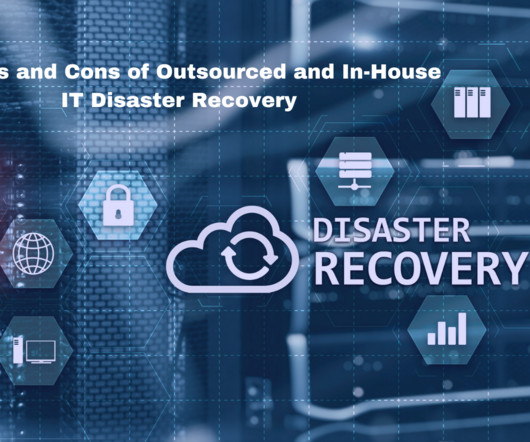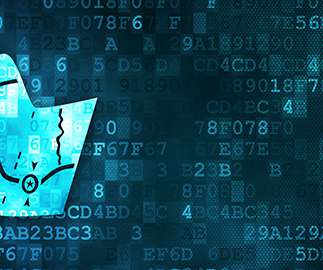B.C.’s New Bill 31 – Emergency and Disaster Management Act
CCEM Strategies
OCTOBER 3, 2023
Get familiar with the new Act and stay up to date: Changes to this legislation will bring significant ripple effects for emergency and disaster management planning, which is likely to impact business activities. Although the new legislation will be phased in over time, staying up to date will help you develop a strategic approach forward.






















Let's personalize your content